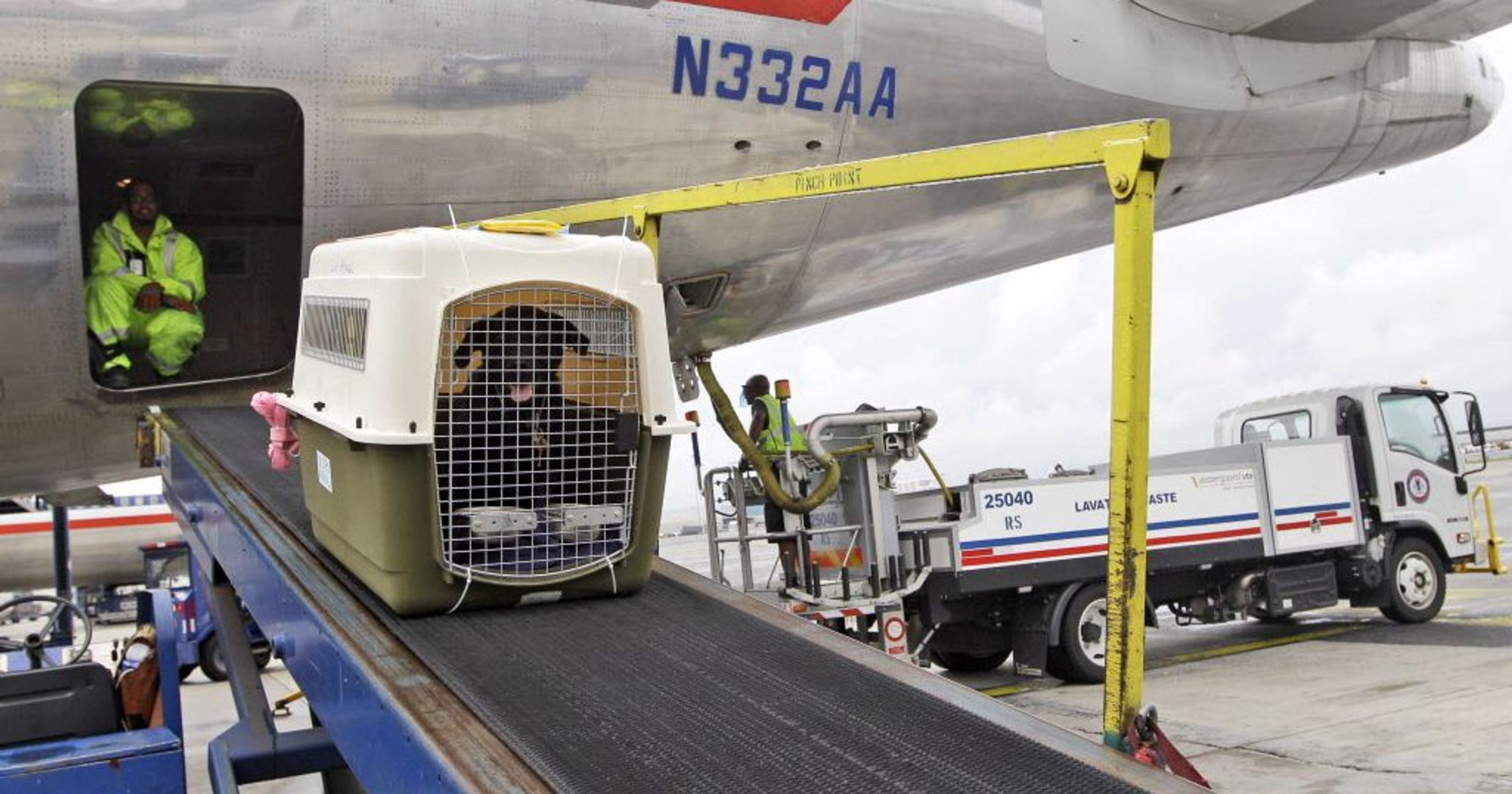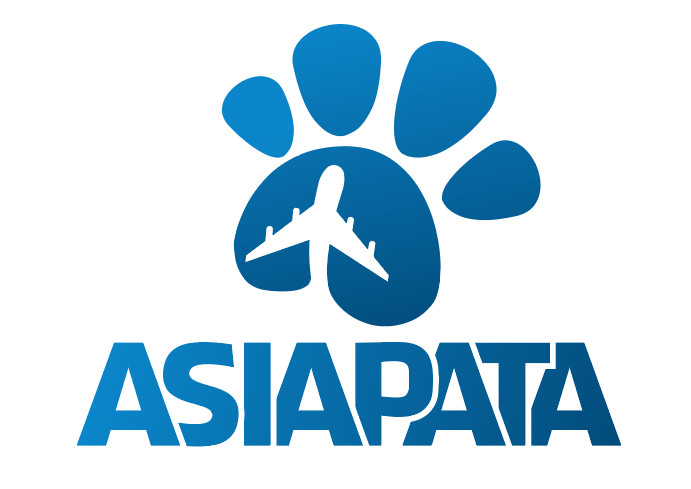Regulations for Transporting Pets by Air to Australia
Traveling with pets to Australia is exciting. Yet, it comes with strict rules. Australia’s biosecurity laws are stringent. They protect the country’s unique ecosystem. Transporting pets by air requires preparation. This article outlines key regulations. It ensures a smooth journey for your pet. From health checks to quarantine, we cover it all. Let’s dive into the essentials.

Strict Biosecurity and Import Requirements
Australia enforces tight biosecurity measures. These prevent diseases like rabies. Only cats and dogs can enter as pets. They must come from approved countries. The Australian Department of Agriculture sets the rules. Pets must arrive as manifest cargo. This means professional transport companies handle them. In-cabin or excess luggage travel isn’t allowed. Pets must land at Melbourne International Airport. A microchip is mandatory before any steps. It must be ISO-compatible and readable. Accurate microchip recording is critical. Without it, entry can be denied. Pets need an import permit. This requires veterinary certifications. Vaccinations and blood tests are essential. For dogs, tests include Ehrlichiosis and Leishmania. Cats need a rabies titer test. These ensure biosecurity compliance. Mistakes can lead to delays or rejection. Professional help simplifies this process.
Health and Veterinary Preparations
Health checks are non-negotiable. Pets must be fit to travel. A USDA-accredited veterinarian must perform tests. Rabies vaccination is a key requirement. A blood test follows within 28 days. It confirms rabies immunity levels. The test must show 0.5 IU/ml or higher. Dogs need additional tests for diseases. These include Leptospirosis and Brucellosis. Tests must occur within 45 days of travel. Results must be negative. Cats have fewer test requirements. All tests go to approved labs. Protatek Reference Lab is recommended. Sedation is strongly discouraged. It can harm pets at high altitudes. A veterinary certificate is needed. It confirms fitness within 14 days of travel. These steps ensure your pet’s safety. They also meet Australia’s strict standards.
Quarantine and Airport Procedures

All pets face post-entry quarantine (PEQ). The Mickleham facility in Victoria handles this. Quarantine lasts at least 10 days. Pets with verified identity get this minimum. Others may face 30 days. Space is limited and books fast. Reservations are first-come, first-serve. Booking requires an import permit. Costs often exceed $1,500 AUD. Pets arrive at Melbourne Airport. DAFF officials escort them to quarantine. The facility is climate-controlled. Pets stay in individual pens. Owners can request special diets. These must be approved in advance. Quarantine staff notify owners within 24 hours. Pets showing illness may stay longer. Compliance with all rules is crucial. Non-compliance can lead to extended quarantine. Or even return to the origin country.
Crate and Transport Guidelines
Pets must travel in IATA-approved crates. These ensure safety and comfort. Crates need enough space for movement. Pets must stand, turn, and lie down comfortably. Ventilation is critical for air travel. Crates must have water containers. These are fillable from outside. Toys and loose bedding are prohibited. A thin blanket is allowed. Brachycephalic breeds face extra scrutiny. These include bulldogs and pugs. They need veterinary clearance due to breathing risks. Airlines like Virgin Australia have special policies. Crates must not collapse during transit. Non-compliant crates lead to refusal. Owners should crate-train pets early. This reduces stress during travel. Professional transport companies assist with crates. They ensure compliance with airline standards.
Choosing a Pet Transport Company
Using a professional transporter is recommended. Australia encourages IPATA-member companies. They handle complex paperwork and logistics. Companies like Jetpets or Petraveller are experienced. They provide door-to-door services. This includes pick-up and delivery. They also supply IATA-compliant crates. Regular updates keep owners informed. These services reduce stress for pets and owners. Costs vary based on distance and crate size. Transparent pricing avoids surprises. Owners can try the process alone. But errors can be costly and time-consuming. Professionals ensure compliance with regulations. They make the journey smoother for everyone.
Additional Considerations
Certain breeds face restrictions. Pit Bull Terriers and Dogo Argentino are banned in some states. Assistance dogs have different rules. They may travel in-cabin if approved. Owners must notify airlines in advance. Temperature restrictions apply for safety. Avoid booking during peak heat hours. Pets under eight weeks cannot travel. Pregnant or nursing pets are also restricted. Owners should check airline policies. Qantas and Virgin Australia are pet-friendly. But each has specific requirements. Planning six months ahead is wise. This ensures all steps are completed. Early preparation avoids last-minute issues.
Conclusion
Transporting pets to Australia is complex. Strict biosecurity protects the nation’s ecosystem. Compliance with health and crate rules is vital. Quarantine is mandatory for all pets. Professional transport companies simplify the process. They ensure your pet arrives safely. Start planning early to avoid delays. Your pet’s comfort and safety depend on it. Follow these regulations for a stress-free journey. Your furry friend deserves the best care.

